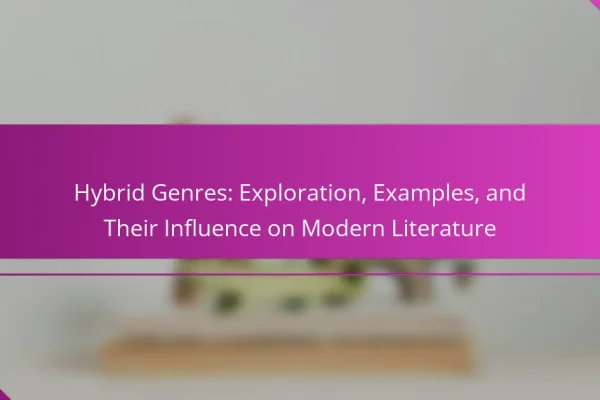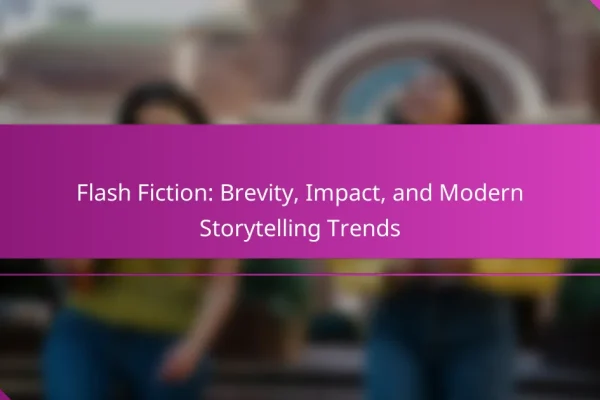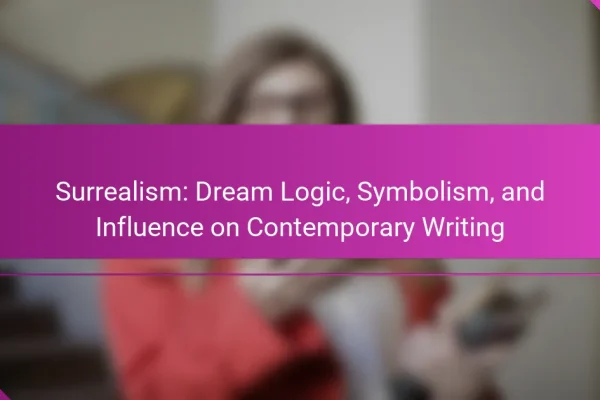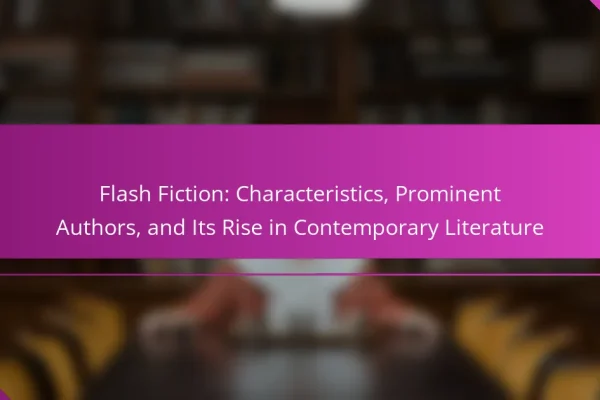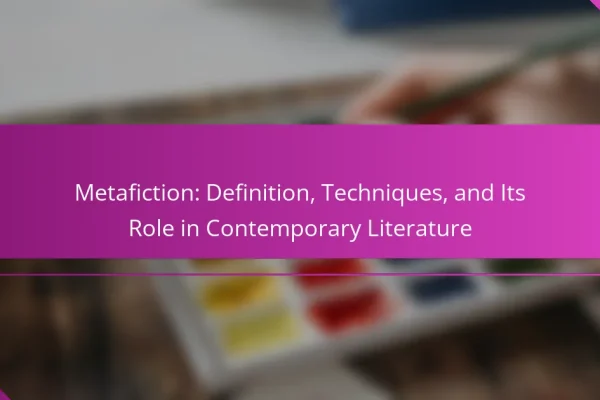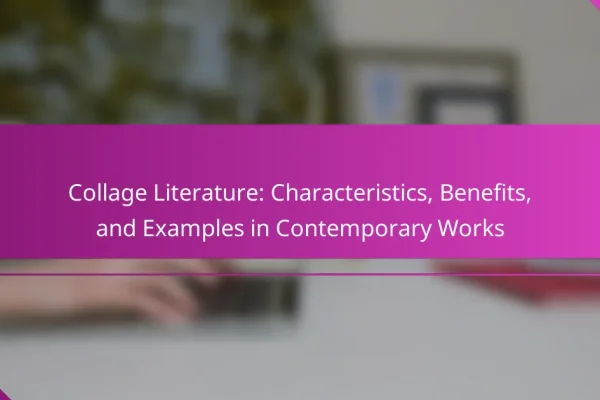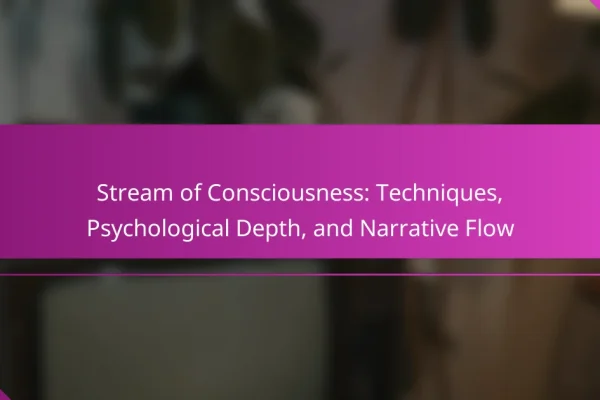
Stream of Consciousness: Techniques, Psychological Depth, and Narrative Flow
Stream of consciousness writing offers a unique way to explore characters’ inner thoughts and emotions. This article examines key techniques such as interior monologue and associative thinking, highlights the psychological depth that enhances character development, and addresses challenges writers face in maintaining coherence. Additionally, it explores the modern evolution of this narrative style and its…

